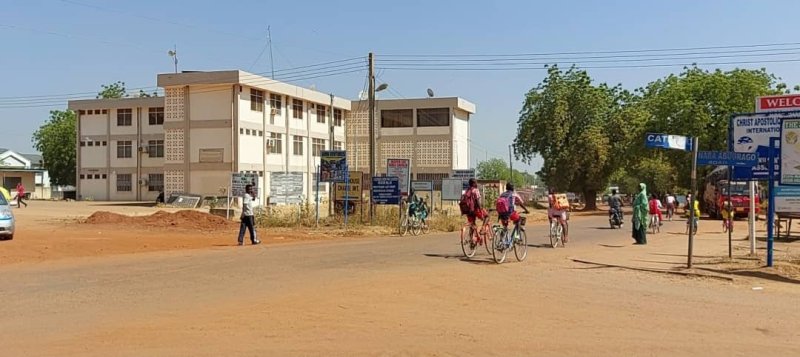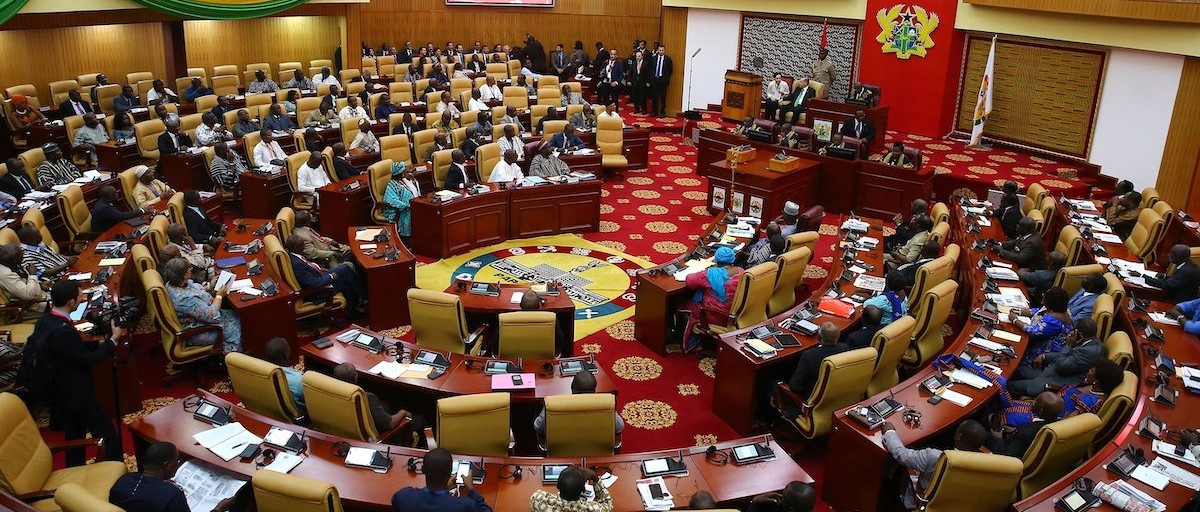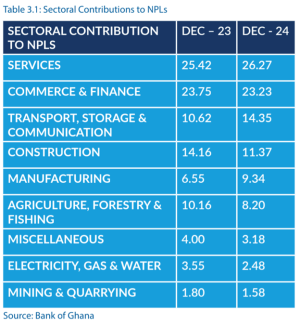
By Joshua Worlasi AMLANU & Ebenezer Chike Adjei NJOKU
Benchmark Treasury bill yields have fallen to their lowest level in a year, but the government’s latest debt auction fell short of its target.
This has left the government struggling to roll over maturing debt, exposing a potential funding gap as inflation continues to ease.
Yields on the 182-day and 364-day bills declined last week by 3 and 11 basis points (bps) to 15.46 percent and 15.80 percent, respectively, according to data from Apakan Securities. The 91-day bill remained flat at 14.79 percent.
However, investor bids totalled just GH¢5.47billion (US$430million), well below the GH¢6.67billion target — an 18 percent shortfall.
The Treasury accepted GH¢4.38billion, leaving a significant gap to cover the GH¢6.43billion in bills maturing this week. A further GH¢7.32billion comes due next week, prompting the government to seek GH¢7.59billion in its next auction on Friday, June 13.
The refinancing crunch highlights a widening gap between the government’s desire to lower borrowing costs and investors’ hesitance to lock in slimmer yields, despite improving macroeconomic conditions.
“Looking ahead, we expect Treasury-bill yields to decline this week, though the sizable issuance target may limit the extent of downward adjustment,” Apakan Securities said in a note. The firm added that demand is likely to remain “strong, supported by improving inflation expectations”, but cautioned that real money investors are weighing liquidity constraints against shrinking returns.
Headline inflation fell for the fifth consecutive month to 18.4 percent in May — the lowest since February 2022 — aided by base effects and a sharp 37.7 percent appreciation in the cedi. Apakan forecasts inflation to decline further to around 15.8 percent in June, helped by falling transport fares and fuel prices.
In real terms, even mid-teen nominal yields now appear attractive, reinforcing expectations that the Bank of Ghana (MPC) could begin easing policy at its Monetary Policy Committee meeting in late July.
Yet the central bank is simultaneously draining liquidity from the banking system at the fastest pace in years. Open market operations absorbed GH¢79.8billion between January and April — a 77 percent increase year-on-year and already 60 percent of the full-year sterilisation recorded in 2024. The BoG has also introduced a 273-day sterilisation bill and is reviewing reserve ratio rules to reinforce transmission.
While the primary market shows signs of strain, secondary bond market activity remains firm. Turnover rose 5.2 percent last week to GH¢1.54billion — the highest in three weeks — as investors rotated into medium-term notes. The February 2027 and February 2032 bonds, yielding 20.8 percent and 21.2 percent respectively, were the most actively traded.
Dealers say the move reflects bets that a future BoG rate cut could compress the yield curve, generating capital gains for holders of longer-duration paper.
But the immediate pressure remains at the short end. With T-bill maturities concentrated through July, persistent auction misses could force the Treasury to accept higher yields or tap alternate funding lines.
“Yield management has limits. Sustained undersubscription could compel the authorities to recalibrate pricing to safeguard rollover success,” Apakan remarked.
The post T-bill yields fall to 52 week-low, but refinancing concerns emerge amid auction shortfall appeared first on The Business & Financial Times.
Read Full Story



















Facebook
Twitter
Pinterest
Instagram
Google+
YouTube
LinkedIn
RSS